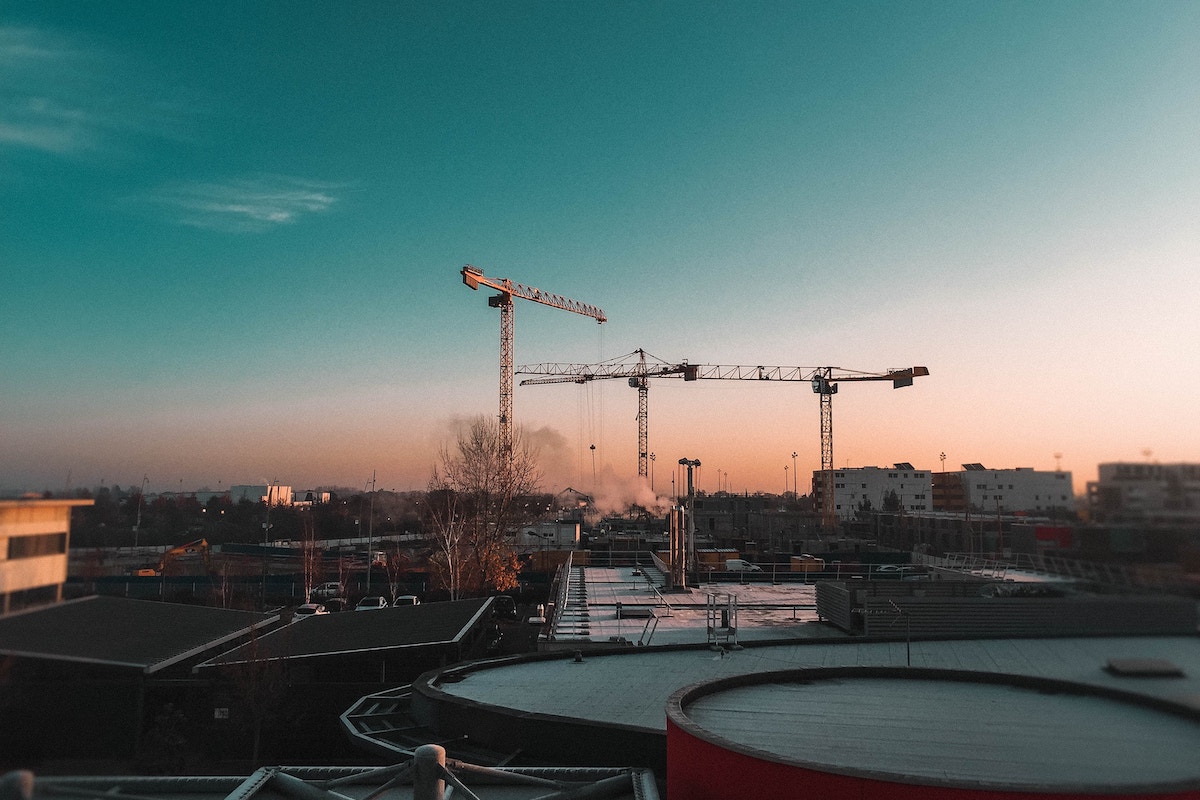Piedimonte’s supermarket is, in its small way, a Fitzroy North institution. A family-owned store in an inner suburb of Melbourne, it boasts a quirky layout, quirky product selection and often fairly quirky customers as well.
It’s also dark, small and often quite expensive.
The Piedimonte family, aware of these issues, has a plan: replace the existing two-storey building with a seven-storey one that will house a revitalised Piedimonte’s supermarket, parking and 66 apartments. That plan seems to have first surfaced in 2017 and gone through a round of revisions since.
And public action group, Protect Fitzroy North, is campaigning against it on the grounds that it is, even after revisions, “still too big”.
The revision trimmed apartment numbers by a quarter. The development will have underground parking and the design is stepped back from the street. Though I’m not a fan of most urban architecture, this doesn’t seem too bad.
At seven storeys, it’s about the same size as those terrible 19th-century apartment blocks that everyone agrees have ruined central Paris as a place to live. No, I’m joking – most people seem to agree that a seven-storey height limit gives central Paris its distinctive combination of high density and great charm.
The perfect place to densify
Indeed, this piece of St Georges Road in Fitzroy North seems the perfect place to densify, particularly if you ride a bike. A public treed area stands directly in front of the site and in front of that sits St Georges Road, home of the number 11 tram from the city and a major cycle route. Less than 200 metres north is a linear park, which acts as a cycle highway across the north of the city.
Less than 100m south of the site sits the quite beautiful, but somewhat underused, Bargoonga Nganjin, North Fitzroy Library. Another 100m and you’re in a terrific public park, Edinburgh Gardens.
Frankly, the site screams “develop me so these public facilities have more users!”.
Matt Cowgill, a Grattan Institute economist who has also worked for the Australian Council of Trade Unions and the International Labor Organization, neatly summed up the case for the development in a tweet: “Oh no, they’re going to renovate a run-down supermarket and add dozens of new places for people to live, the horror, the horror.”
Oh no, they’re going to renovate a run-down supermarket and add dozens of new places for people to live, the horror, the horror pic.twitter.com/Kpv3Zs5Tyn
— Matt Cowgill (@MattCowgill) August 1, 2019
The lasting council dilemma
I can’t really feel angry about the objections of Protect Fitzroy North. Doubtless some of its members genuinely would support the project if it was even better architecture and a couple of storeys shorter. And there are others who just want to keep their suburb the way it was when they arrived. That’s fair enough. (There are also a few people who don’t like private development generally, despite most of them living in houses created by private development in the late 1800s in a city that has thrived on private development.)
Here’s what Protect Fitzroy North is not entitled to do: get everything their own way without having a compelling critique of the development. And, on this development, they seem to lack such a critique.
Local councils end up in an invidious position on these issues. New developments often benefit everyone for miles around, offering better shopping, more housing, cheaper housing (through increased supply) and greater use of public transport. But those benefits are diffuse and the positive effects for each individual too slight to motivate them. Or, in the case of future residents, the benefits are uncertain and far in the future – they don’t know they’ll be living there four years from now.
This means that the discourse around the development inevitably ends up being dominated with letters, emails and even tweets from neighbours and residents who just want things to stay the way they are.
The result is that even the best inner-city developments – and one this seems pretty good – fight to get built.
Consider the good in property development
So, from a casual bystander, here’s a small request to Yarra Council: when you next take a look at this application, consider the good that the new building is likely to do. Not many people will speak for those benefits – they’re diffuse, remember – but they’re nevertheless real.
*Footnote: I have no pecuniary interest in the development, live about 10 minutes away by bike and have never done work for parties on either side. I occasionally shop at Piedimonte’s but, like I said, the prices are kind of high.







